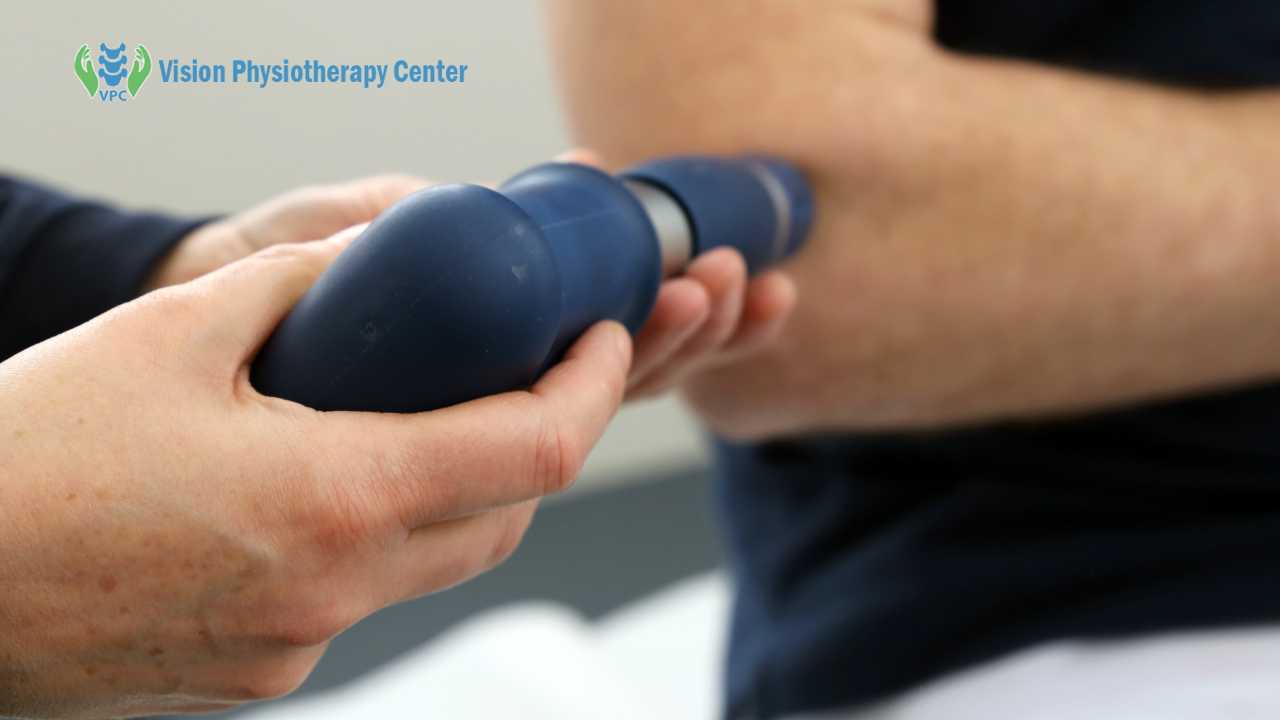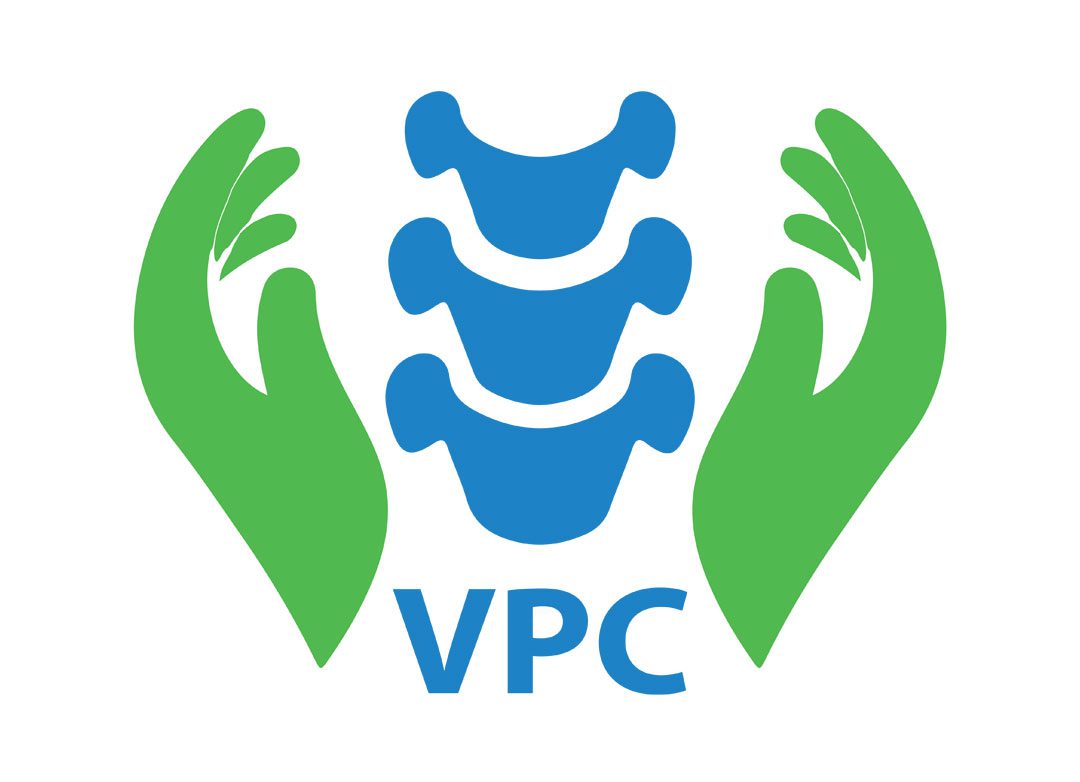In the realm of physiotherapy, shock therapy, alternatively referred to as Extracorporeal Shockwave Therapy, has emerged as a sought-after method for treating a wide range of musculoskeletal ailments.
This article delves into how does shock therapy work in physiotherapy and the intricate workings and advantageous aspects, shedding light on its efficacy and versatile applications.
By deeper search into this subject matter, readers will gain a comprehensive understanding of how shock therapy can be a valuable tool in the arsenal of physiotherapists, offering non-invasive treatment options and yielding promising results for individuals grappling with musculoskeletal conditions.
How Does Shock Therapy Work in Physiotherapy- Shockwave Therapy
Shock therapy, also known as electrical stimulation, is a widely used technique in physiotherapy. It involves applying mild electric currents to specific areas of the body to promote healing and pain relief. The electrical impulses help stimulate the muscles and nerves, improving blood flow and reducing inflammation.
This therapy can be particularly beneficial for conditions like muscle strains, joint pain, and sports injuries. By utilizing this simple yet effective method, physiotherapists aid in the recovery process, helping patients regain their mobility and lead healthier lives.
What is Shock Wave Therapy?
Shock therapy, or Extracorporeal Shockwave Therapy, is a non-invasive treatment method that utilizes high-energy sound waves to target specific areas of the body. These shockwaves are generated externally and then transmitted to the affected tissues, stimulating the body’s natural healing response.
Shockwave Therapy How Does it Work?
Shock therapy, a treatment modality involving the precise delivery of controlled shock waves to the affected area, triggers the body’s natural regenerative mechanisms.
By harnessing these shock waves, the therapy jumpstarts tissue repair processes and diminishes inflammation. The energy emitted by the shock waves optimizes blood flow and metabolic activity, expediting the healing process and alleviating discomfort.
This innovative approach is an effective means of promoting healing and offering relief from pain, making it a valuable asset in the realm of therapeutic interventions.
The Mechanism Behind Shock Therapy
Generating Shockwaves
Shockwaves used in therapy are generated by specialized machines called shockwave generators. These devices produce high-energy acoustic waves that are focused on the target area.
Transmitting Shockwaves to Targeted Areas
Once the shockwaves are generated, they are transmitted to the targeted tissues using a handheld applicator. The therapist applies a coupling gel to ensure effective transmission of the shockwaves into the body.
Biological Effects of Shockwaves
When the shockwaves reach the affected tissues, they induce a series of physiological responses. The mechanical pressure from the shockwaves stimulates cell activity, increases the production of healing factors, and promotes the formation of new blood vessels. These processes contribute to tissue regeneration and repair.
Conditions Treated with Shock Therapy
Plantar Fasciitis
Plantar fasciitis, a common condition causing heel pain, can be effectively treated with shock therapy. The shockwaves target the inflamed tissues in the foot, stimulating healing and reducing pain.
Tennis Elbow
Tennis elbow, characterized by pain and tenderness on the outside of the elbow, can benefit from shock therapy. The shockwaves promote tissue regeneration and alleviate the symptoms associated with this condition.
Shoulder Impingement
Shoulder impingement, a condition causing pain and limited range of motion in the shoulder joint, can be improved with shock therapy. The shockwaves help reduce inflammation and promote healing in the affected area.
Benefits of Shock Therapy in Physiotherapy
Non-Invasive Treatment
Shock therapy offers a non-invasive alternative to surgical interventions. It allows patients to avoid the risks and lengthy recovery associated with invasive procedures.
Enhanced Healing Response
By stimulating the body’s natural healing mechanisms, shock therapy accelerates the healing process. It promotes the production of growth factors and stimulates tissue regeneration, leading to faster recovery.
Reduction of Pain
Shock therapy has analgesic effects and can significantly reduce pain in various musculoskeletal conditions. It helps alleviate both acute and chronic pain, improving patients’ quality of life.
Improved Function and Mobility
Through tissue regeneration and reduced inflammation, shock therapy improves function and mobility in treated areas. Patients experience an increased range of motion and enhanced physical performance.
The Shock Therapy Procedure
Initial Assessment and Diagnosis
Before undergoing shock therapy, patients undergo a thorough assessment to determine the suitability of the treatment. The physiotherapist evaluates the condition, discusses treatment goals, and ensures the absence of contraindications.
Treatment Session
During a shock therapy session, the patient lies or sits comfortably while the therapist applies the shockwaves to the targeted area. The treatment duration and intensity vary depending on the condition and individual needs.
Post-Treatment Care
After the session, the therapist may provide guidance on post-treatment care, which may include rest, gentle exercises, and avoiding excessive strain on the treated area. Follow-up sessions may be recommended to achieve optimal results.
Shock Wave Therapy Recovery Time
Wondering about the recovery time for shock wave therapy? Well, the good news is that it’s typically a relatively quick process. After a session of shock wave therapy, you may experience some mild discomfort or soreness for a few days.
However, most people find that they can resume their normal activities within a week or so. It’s important to follow any post-treatment instructions provided by your physiotherapist to ensure a smooth and speedy recovery.
Potential Side Effects and Risks
Shockwave Therapy Side Effects
Curious about the potential side effects of shockwave therapy? Don’t worry, they’re generally minimal. Some people may experience mild discomfort, redness, or swelling in the treated area, but these usually subside within a few days.
In rare cases, bruising or skin irritation may occur. It’s important to discuss any concerns with your healthcare provider and follow their instructions for a safe and effective treatment experience.
Mild Discomfort and Bruising
Some patients may experience mild discomfort or bruising in the treated area following shock therapy. These effects are typically temporary and resolve on their own.
Rare Complications
While shock therapy is considered safe, rare complications such as skin reddening, numbness, or infection may occur. It is essential to consult with a qualified physiotherapist to minimize potential risks.
Conclusion
Shock therapy, scientifically known as Extracorporeal Shockwave Therapy (ESWT), has emerged as a highly effective and non-invasive treatment for a multitude of musculoskeletal conditions.
By understanding how does shock therapy work in physiotherapy? Utilizing the force of shockwaves, this therapy stimulates the body’s natural tissue healing processes, leading to pain reduction, enhanced function, and improved mobility.
With its wide-ranging advantages and minimal associated risks, shock therapy has become an invaluable asset in the realm of physiotherapy, offering patients a reliable and efficient treatment option for their musculoskeletal concerns.



